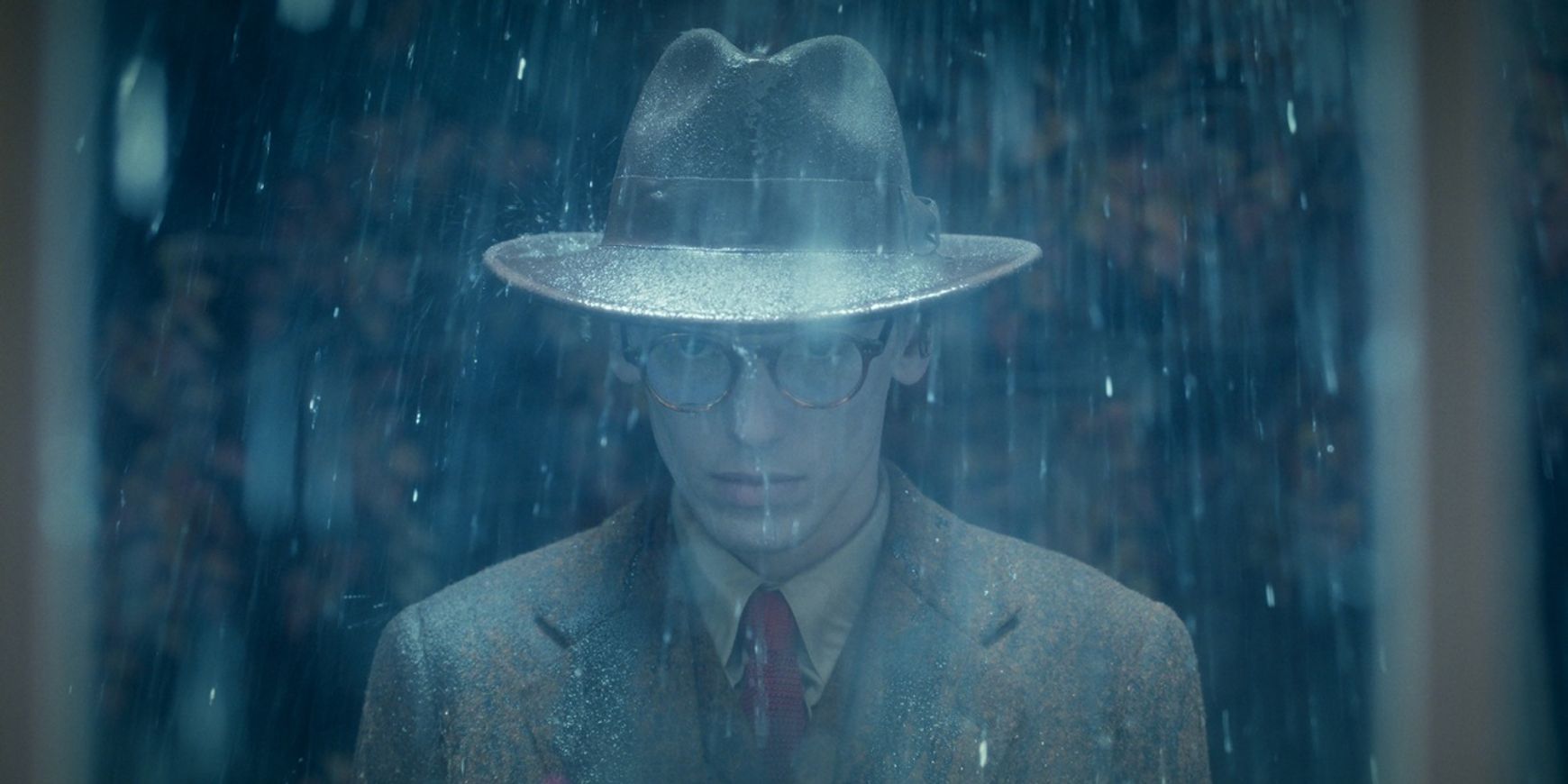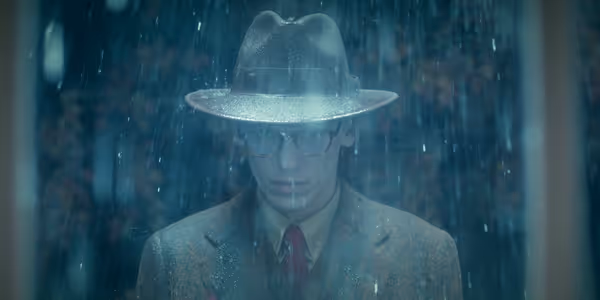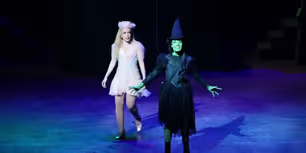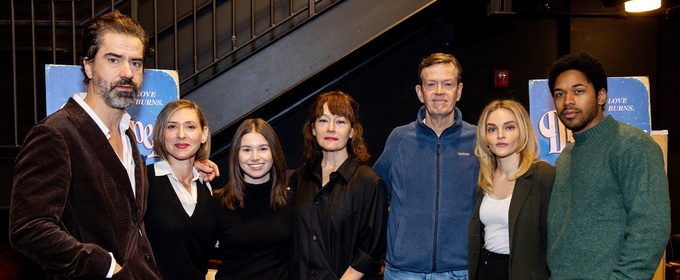Trending Stories
Recommended for You
Contest: Win Opening Night Tickets to TITANIQUE on Broadway
The prize includes opening night tickets, dinner for two, and a merch prize pack.
Broadway Grosses: Week Ending 12/21/25 - MAMMA MIA! Plays its Best Week Ever on Broadway
View the latest Broadway Grosses
Broadway 2025 in Review: A Look Back at the Season’s New Shows, Revivals, and Standouts
Do you know how many shows opened on Broadway this season?
What Are American Theatre’s Most Influential Titles?
A recent survey ranks the most influential theatre titles of the last 25 years.
Ticket Central
Industry
West End

Review: BEAUTY AND THE BEAST, New Wolsey Theatre
Beauty and the Beast runs at the New Wolsey Theatre until 17 January
Beauty and the Beast runs at the New Wolsey Theatre until 17 January
New York City

Photos: A SWINGING BIRDLAND CHRISTMAS Returns To Birdland Jazz Club
The cabaret featured Klea Blackhurst, Jim Caruso, and Billy Stritch in a program inspired by classic television variety specials.
The cabaret featured Klea Blackhurst, Jim Caruso, and Billy Stritch in a program inspired by classic television variety specials.
United States

Annex Theatre Announces Its 2026 Season: Season 39 — The Writing Is On The Wall
Seattle company enters its 39th season with new leadership and original work.
Seattle company enters its 39th season with new leadership and original work.
International

Final Premium Tickets Available for New Year's Eve Celebration at Sydney Opera House
Guests can choose between Puccini’s tragically beautiful, Madama Butterfly in the Joan Sutherland Theatre or the extravagant Opera Gala in the Concert Hall.
Guests can choose between Puccini’s tragically beautiful, Madama Butterfly in the Joan Sutherland Theatre or the extravagant Opera Gala in the Concert Hall.
































.jpg)















.jpg?format=auto&width=606)



















































